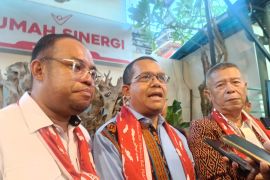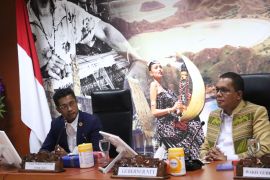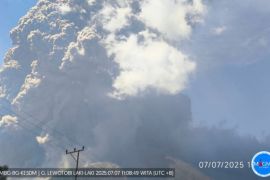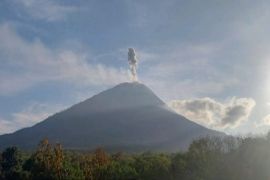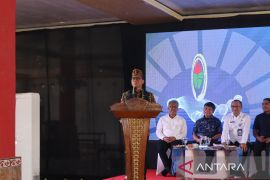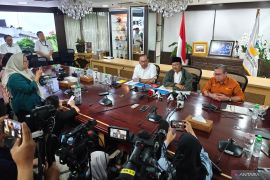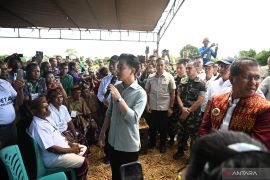Director of Seasonal Crops of the Plantations Directorate General of the Agriculture Ministry Agus Hasanuddin said here that NTT has a number of supporting factors to become a national cotton producing center.
The province has wide potential land, favorable climate because of its definite difference between the hot and rainy seasons, as well as the big interest and support of the local administration, he said.
Another reason for declaring NTT a cotton belt, he added, was the fact that the area already has a private company producing seeds, PT Ade Agro Industri (AAI).
Agis said cotton production in the province had been boosted since 2008 in three regencies, namely West Sumba Barat, East Sumba. and Central Sumba.
For the 2010 budget, he added, the government has expanded the area of development by adding a regency, Sumba Barat Daya.
Data of the Plantations Directorate General said that last year the cotton area in NTT reached 2,500 hectares, and this year expected to increase to 3,500 ha with a production of 6,650 tons.
The area will be further expanded to 7,000 ha with a production of 17,500 tons in 2014.
"To support the development of cotton belt in NTT, next year the government will set up a cotton development center for the farmers in East Sumba," he said.
The training center will cooperate with PT AAI, the Agricultural Research and Development Agency.
Agus said East Sumba in NTT has already developed cotton of the Kanesia 8 variety with a productivity of 2.5 tons/ha of cotton seeds, and 1.5 tons of hybrid cotton per ha.
Besides the two varieties, he added, the government will introduce local Karisma variety cotton , which is different from the local Kanesia variety.
"The result of testing by the farmers, it turned out that the Karisma variety was more favorable," he said.
Therefore, he said, as of 2012 the government will introduce the variety increasingly to the farmers in NTT and NTB.
Speaking of problems in the development of cotton in NTT, Agus said the problems include the still low quality of human resources, the institutional weaknesses and limited number of assisting personnel.
On top of that, the national supply of cotton seeds is also limited, and cotton is normally raised in dry areas, and therefore in need of irrigation, and the state budget is also very limited for these purposes. (*)
Editor: Kunto Wibisono
Copyright © ANTARA 2011
